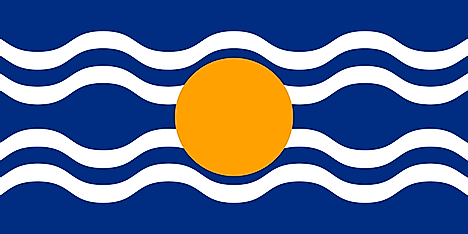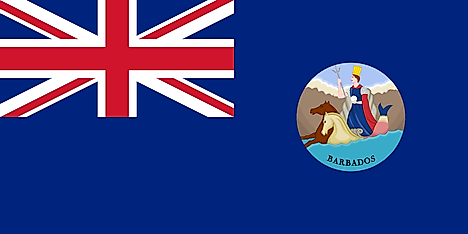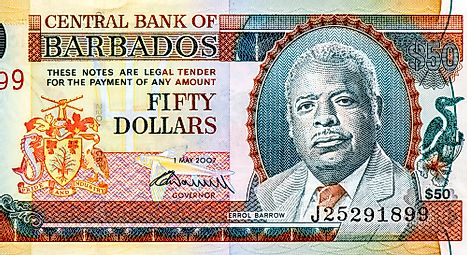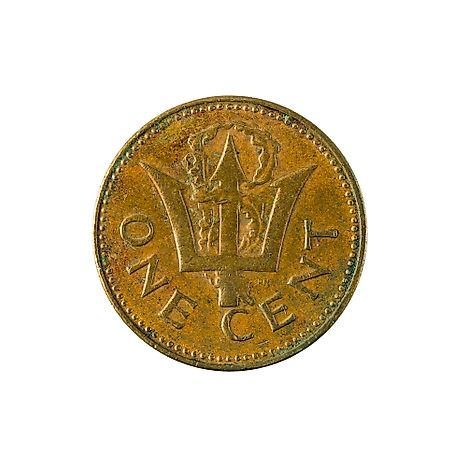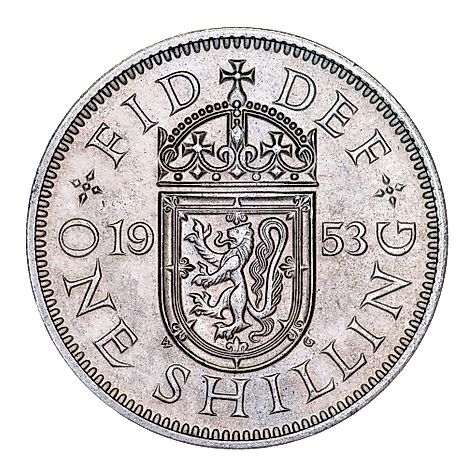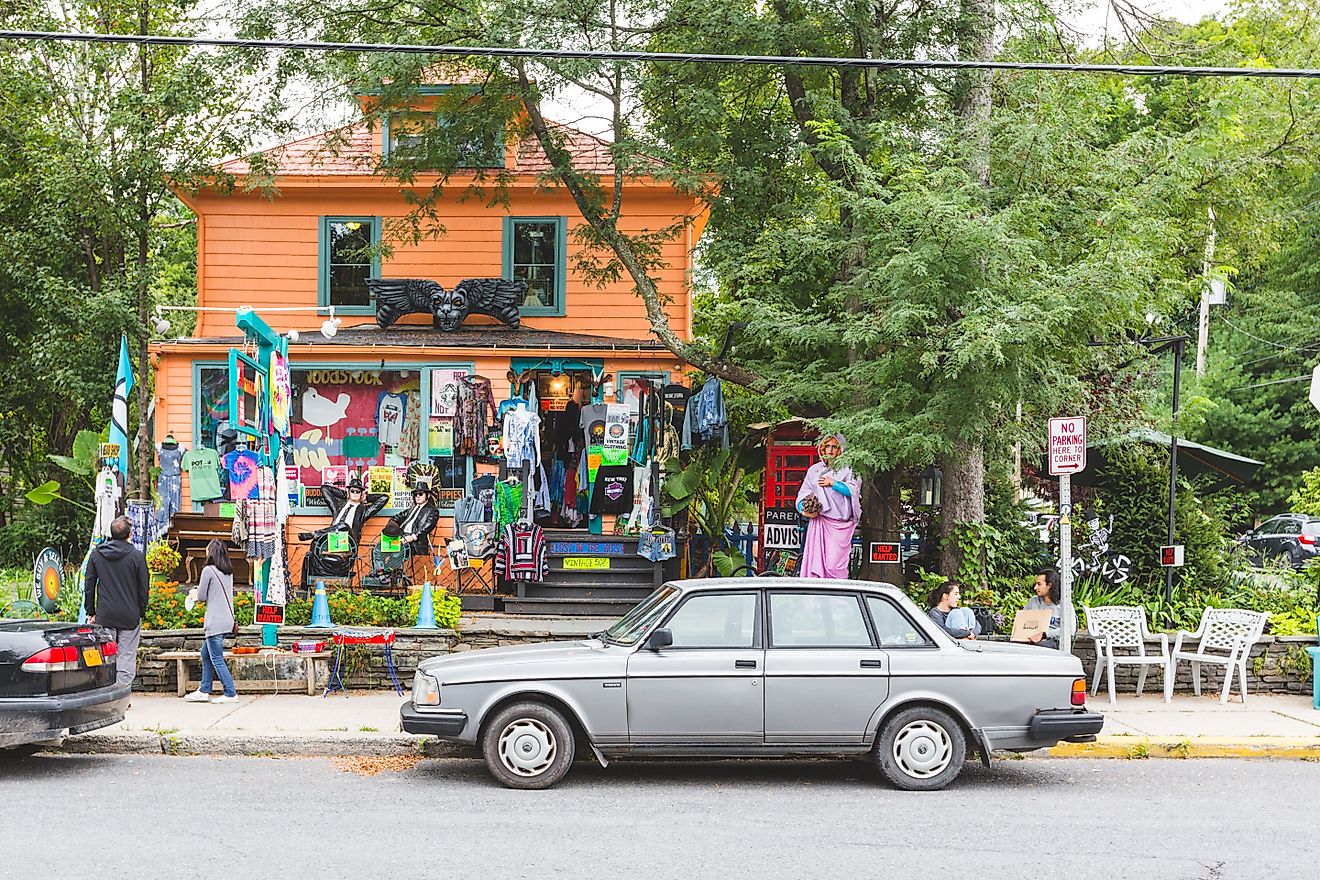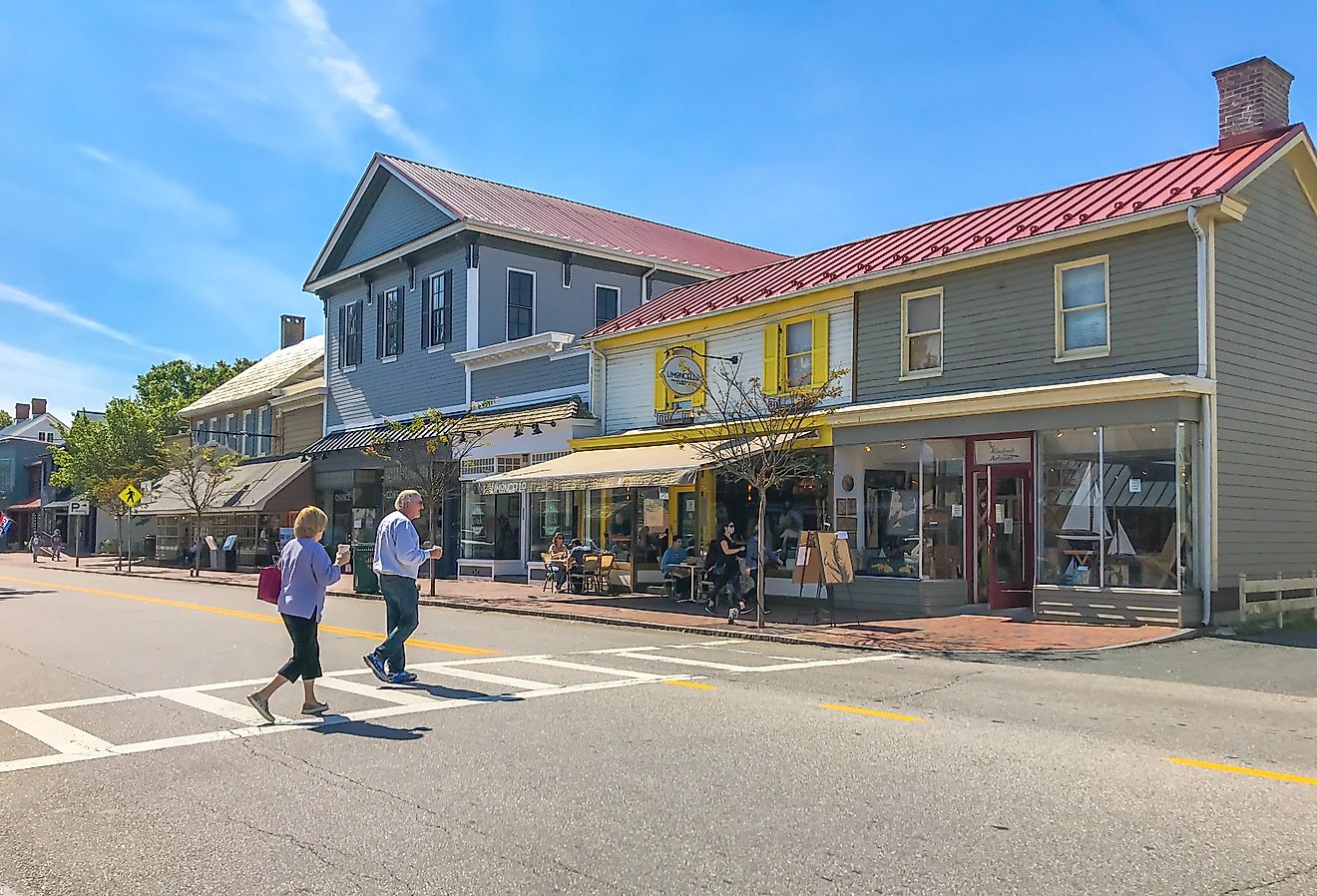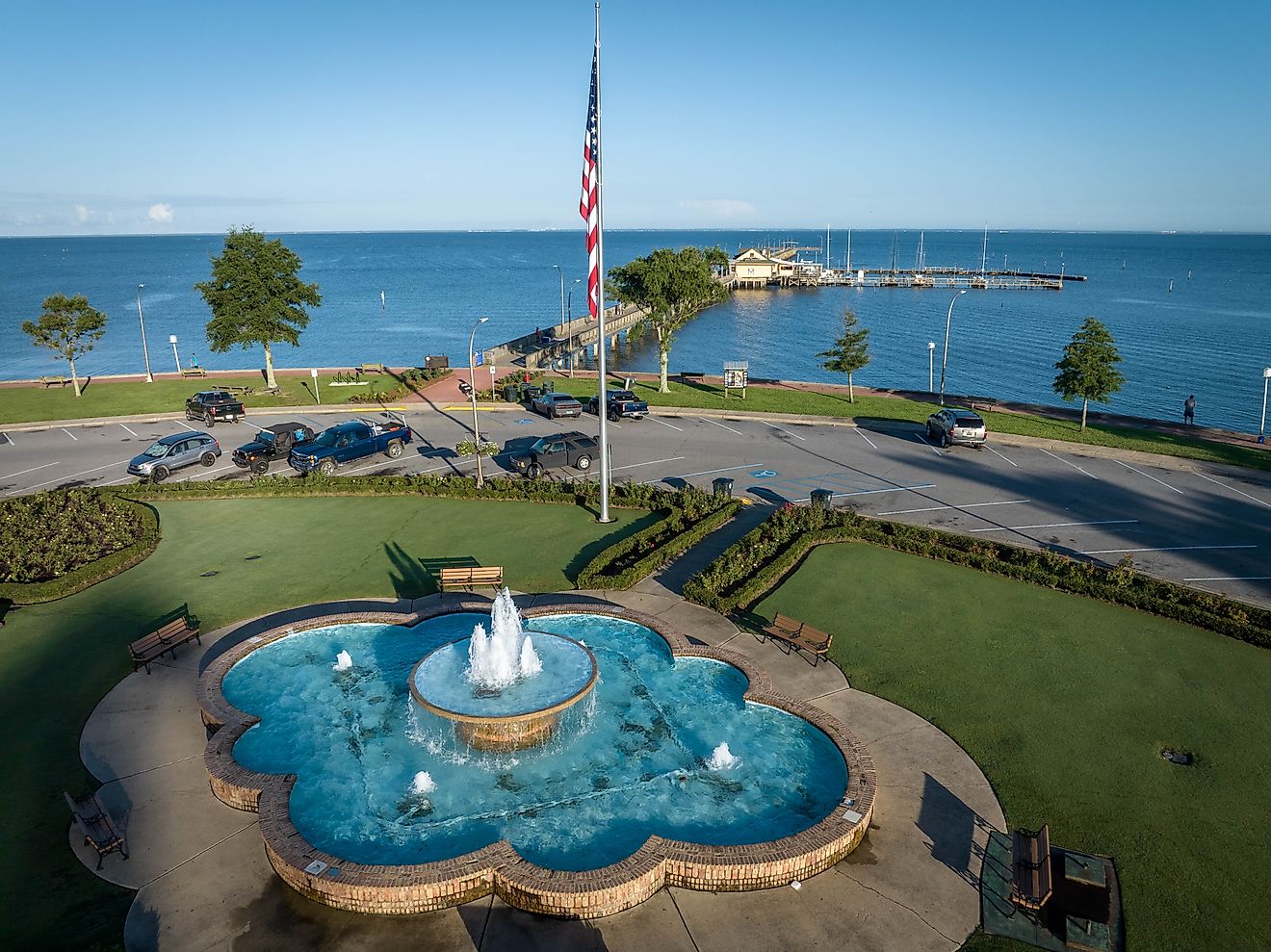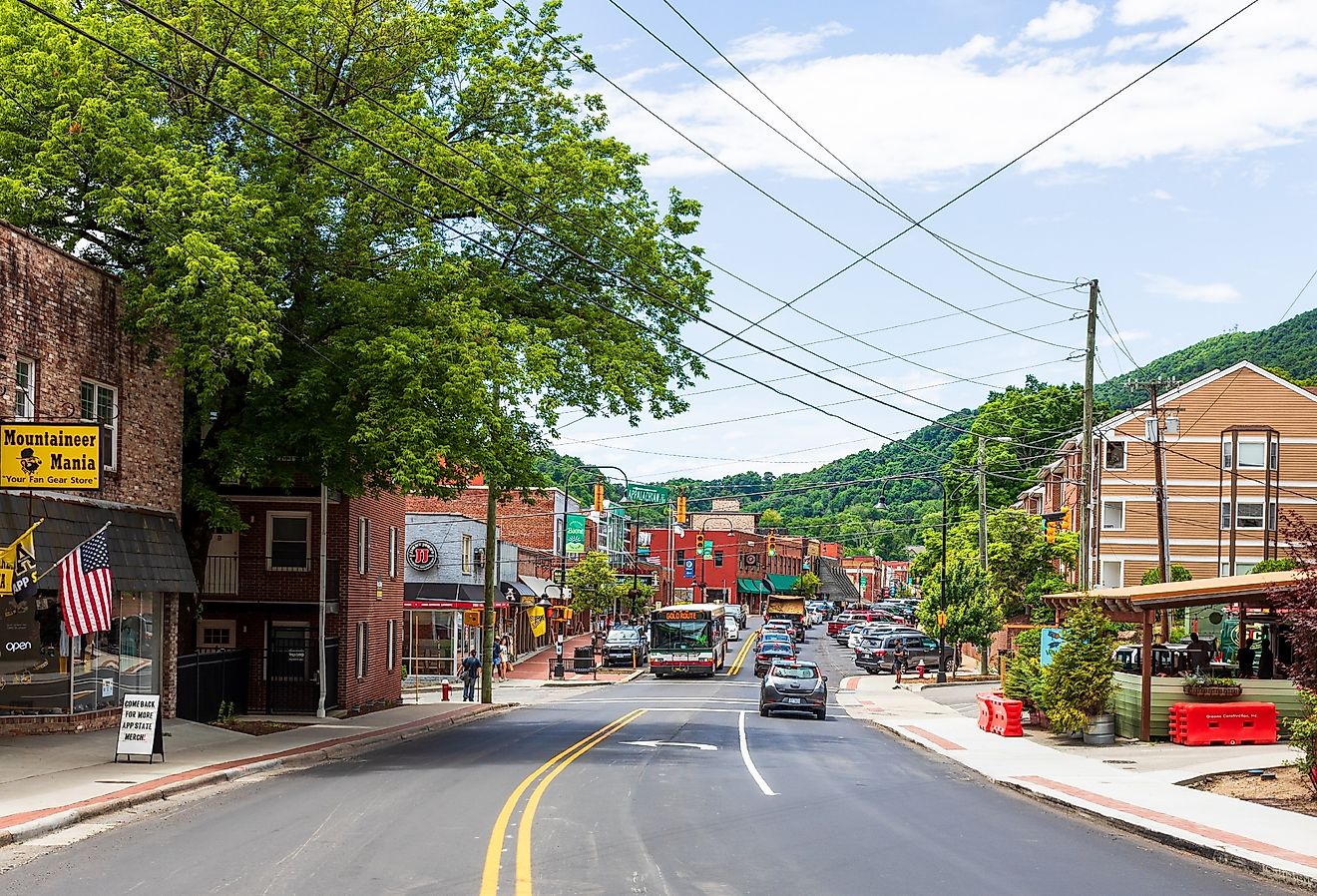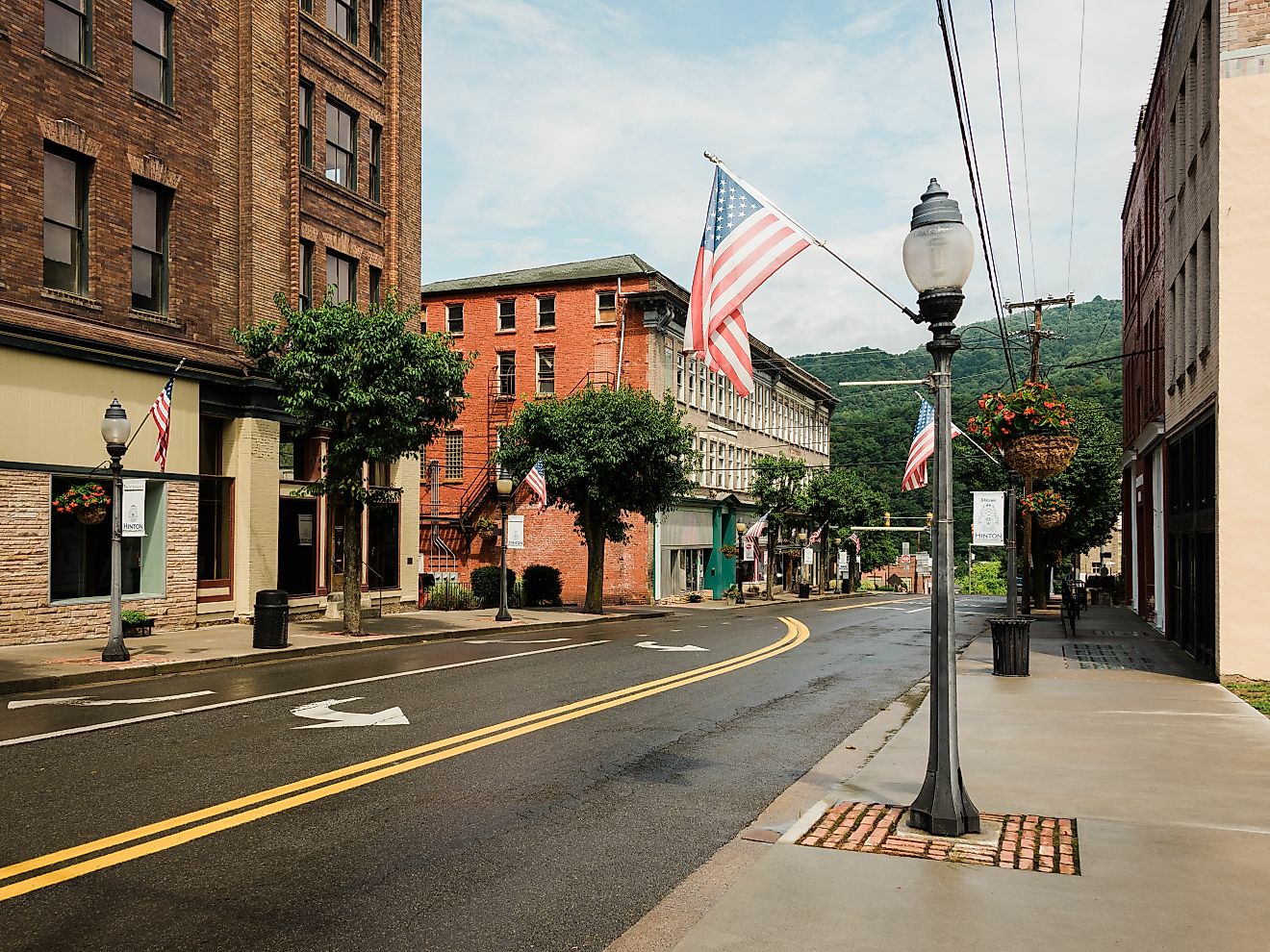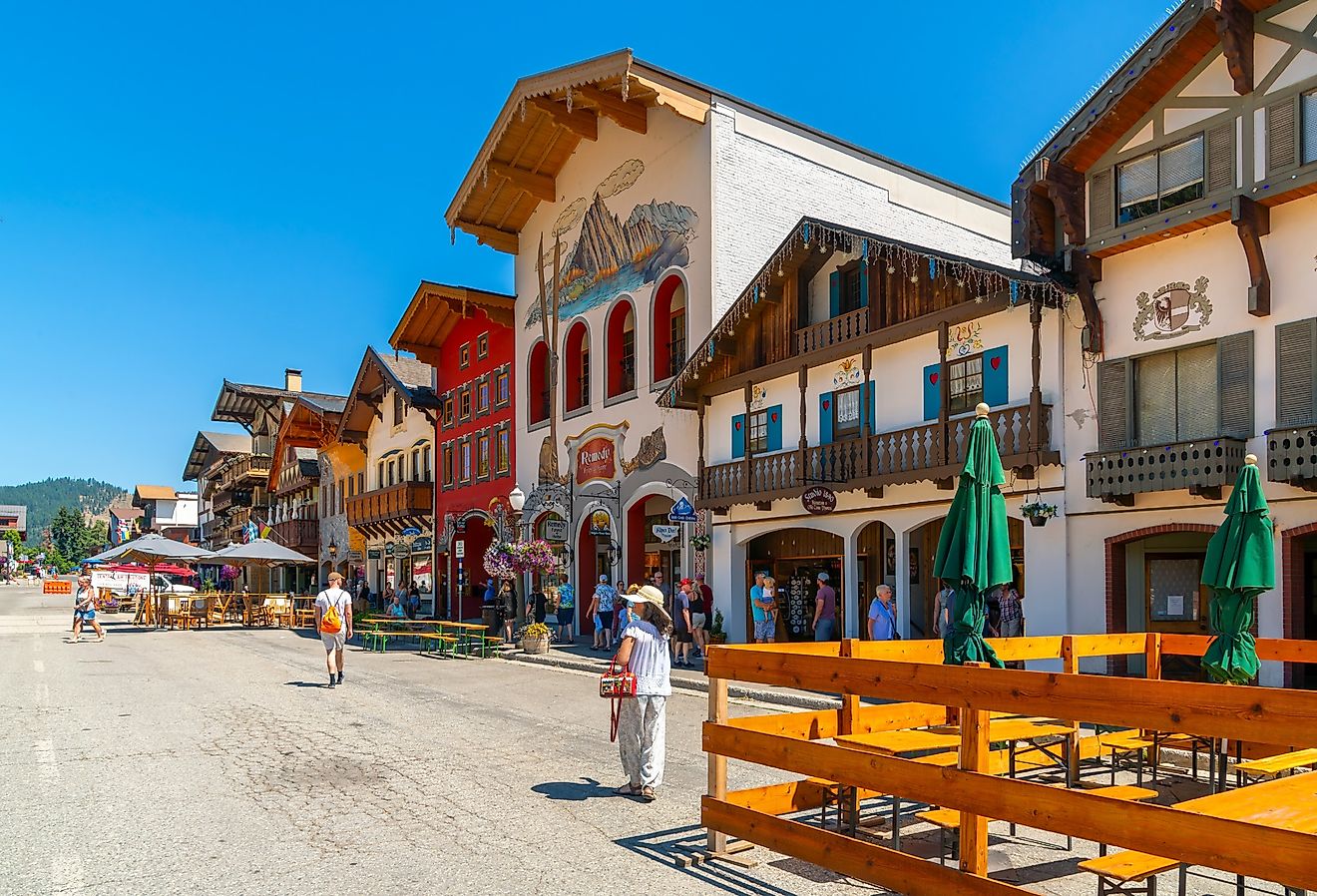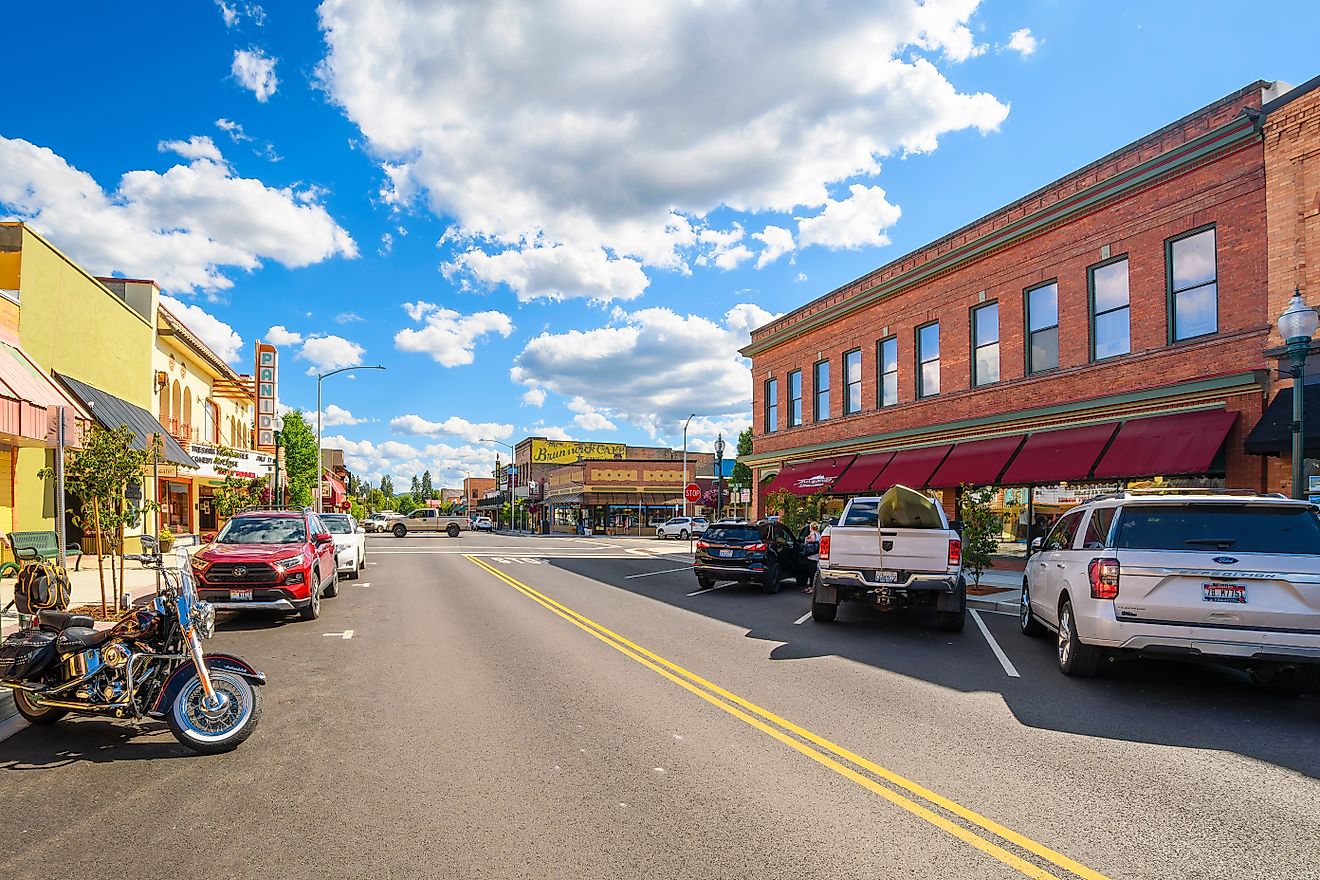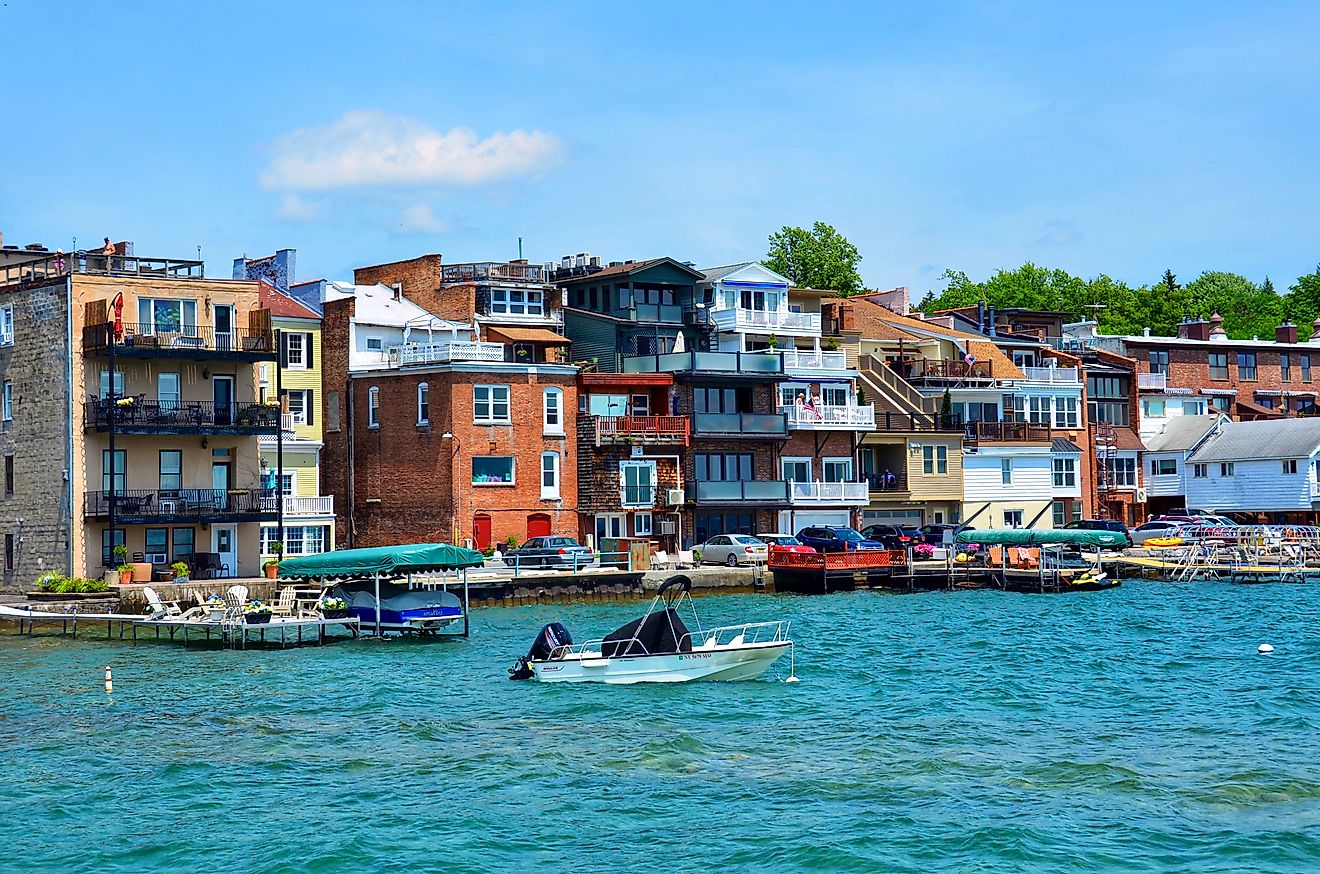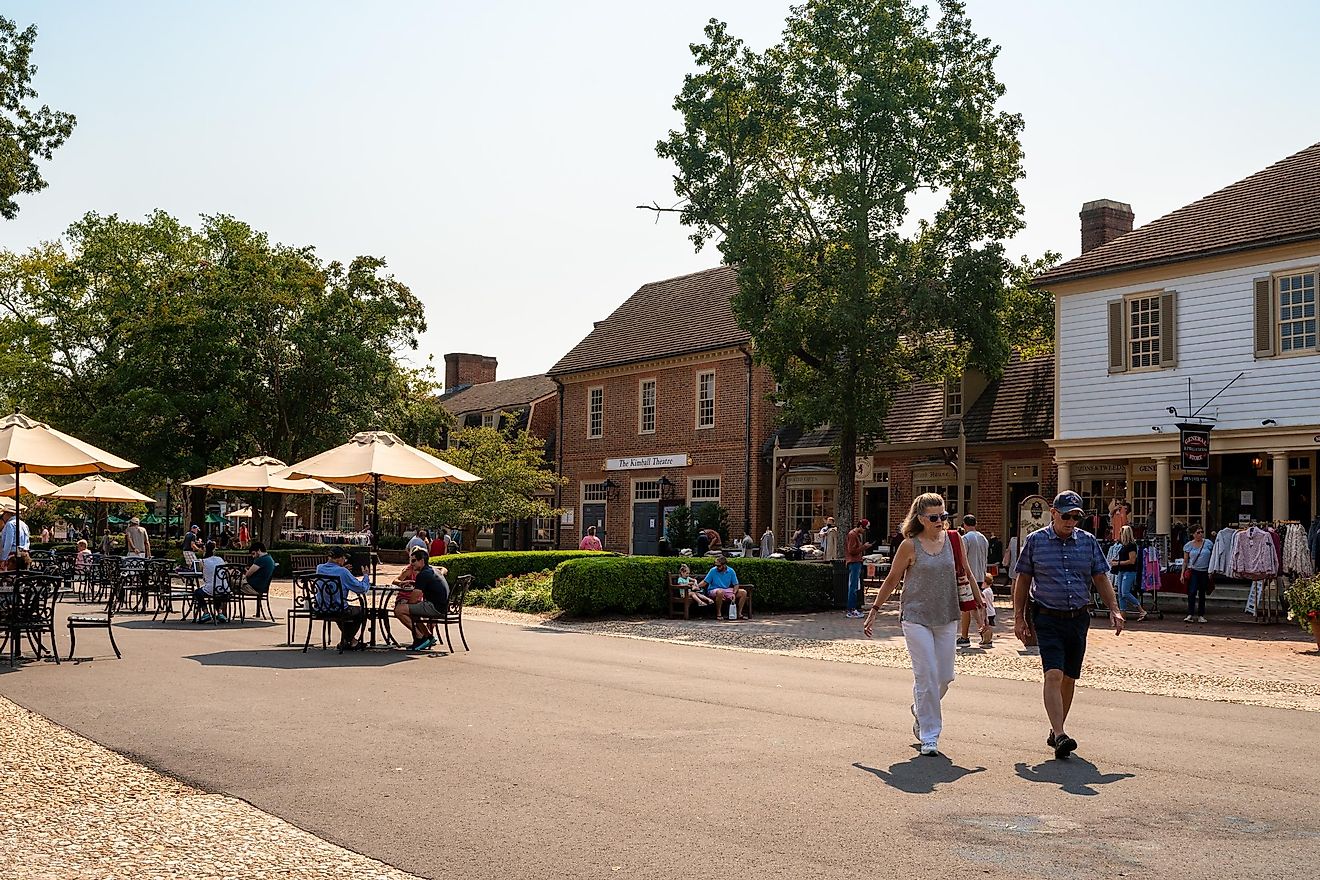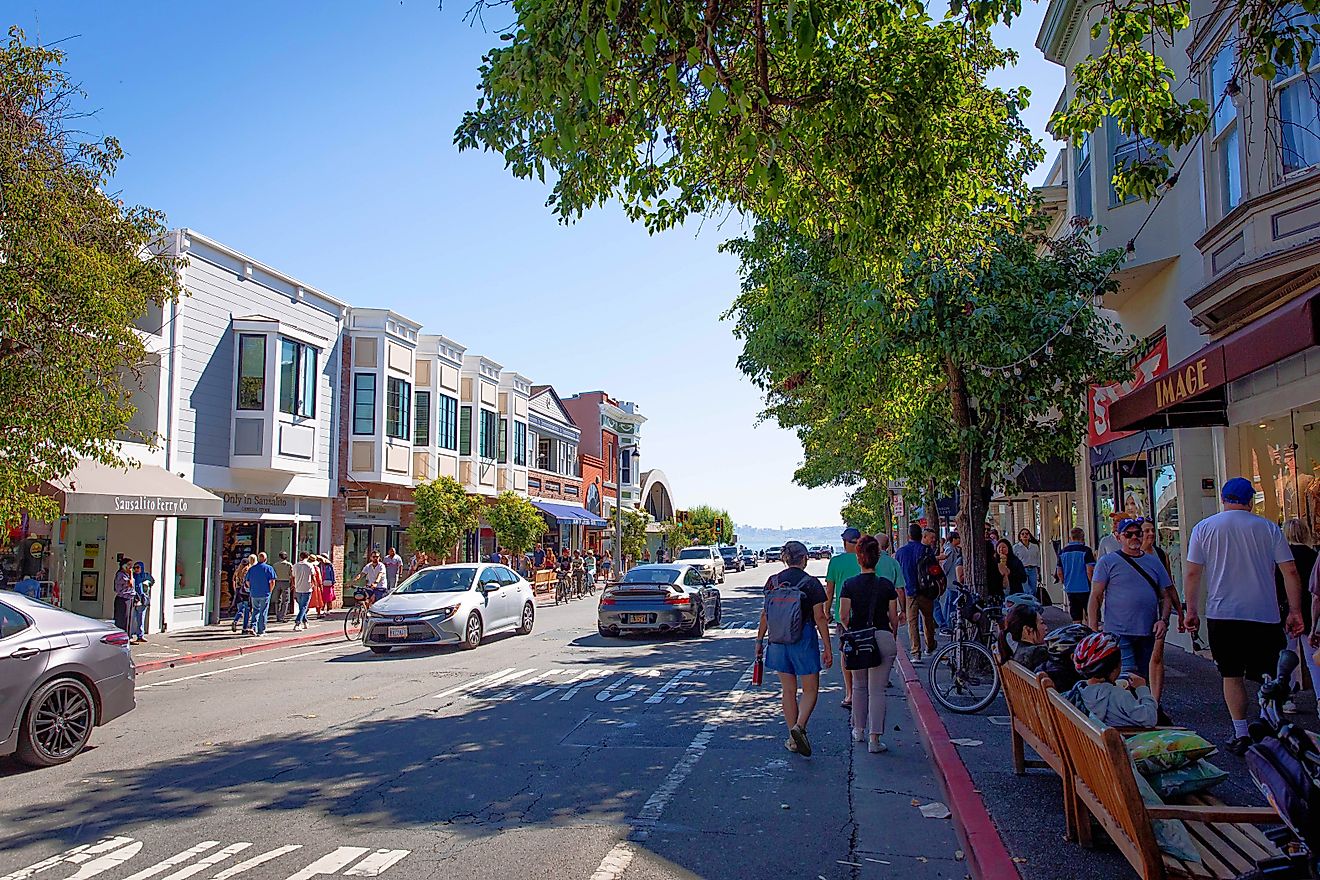Flags, Symbols & Currency of Barbados
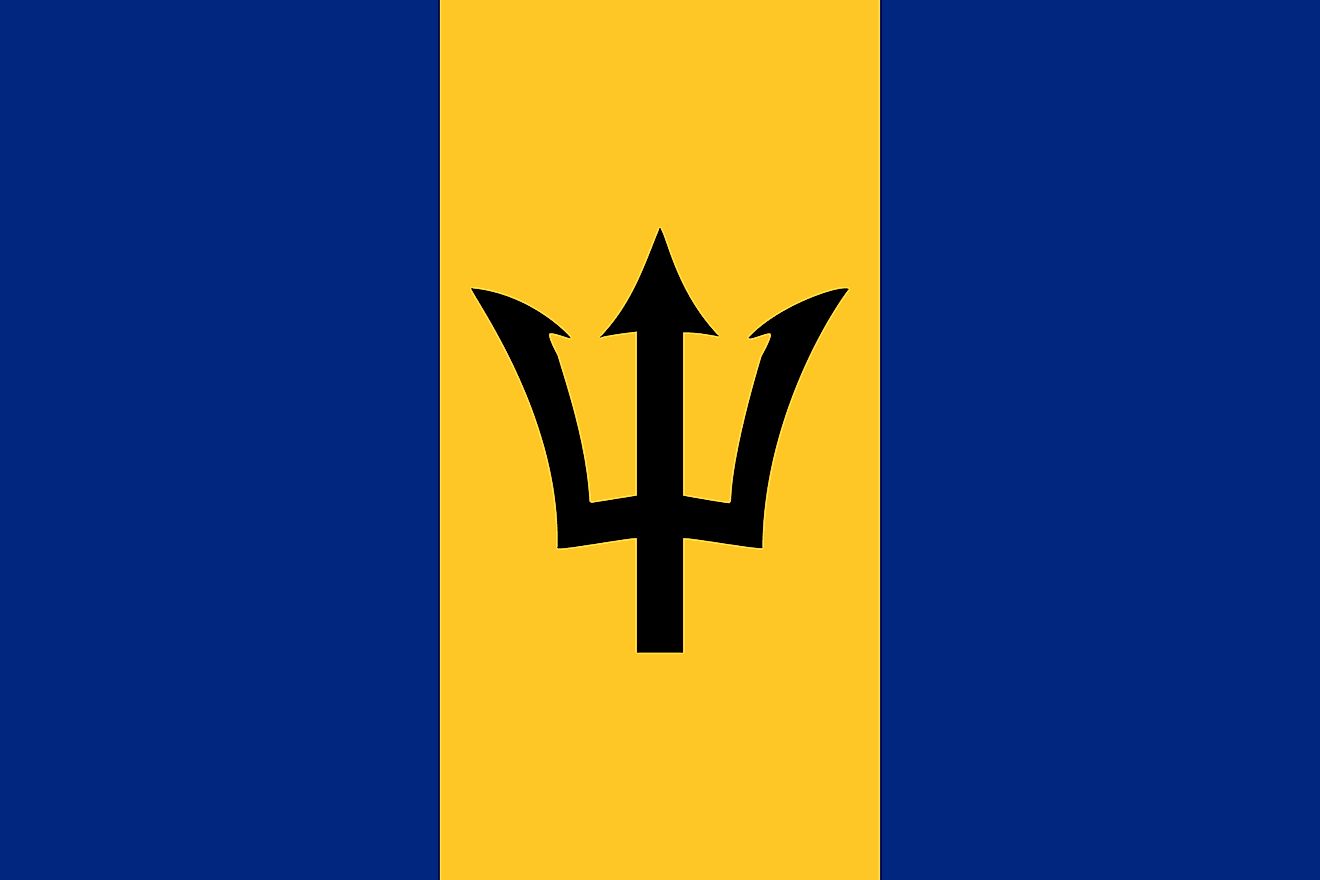
The National Flag of Barbados (The Broken Trident) was officially adopted on November 30, 1966. The National Flag was designed by Mr. Grantley W. Prescod and was chosen from an open competition organized by the Government of Barbados. The flag was hoisted for the first time by Lieutenant Hartley Dottin.
The flag features three equal vertical bands - with two ultramarine blue outer bands separated by a golden middle band. The head of a black broken trident is centered on the gold band of the flag. The two ultramarine blue bands represent the blue sea and sky of Barbados; while the gold stands for the sand of the island’s beaches. The black trident-head represents the broken trident of Britannia. It is taken from the old colonial badge and represents independence. The broken lower shaft of the trident indicates Barbados’s symbolic break with its historical and constitutional ties as a former colony. The three points of the trident represent the three principles of democracy - a government of, for, and by the people. The flag has a height to length proportion ratio of 3:2.
History of Barbados Flag
In 1833 as a British colony Barbados had joined the British Windward Islands with the Union Jack as its flag. In 1870, the flag of the colony of Barbados was a blue ensign with the emblem of Barbados on the center-right side of the flag. The emblem of Barbados featured Britannia in the sea. In 1885 Barbados left the British windward islands. From 1958-1962, Barbados was a part of the West Indies Federation. This flag was a blue field featuring four undulating white lines with a golden circle on the top. The design represented the sun shining on the Caribbean Sea. In 1966, Barbados gained independence and the current flag was adopted as its national flag.
Symbols of Barbados
The Coat of Arms of Barbados

The Coat of Arms of Barbados was designed by Mr. Neville Connell and adopted in 1966 by a decree of Queen Elizabeth. Like other former British possessions in the Caribbean, the Barbados coat of arms has a helmet with a national symbol on top, and a shield beneath that is supported by two animals. The national symbol is a fist of a Barbadian holding two stalks of sugar canes that are crossed to resemble St. Andrew's Cross. This is representative of the importance of the sugar industry as well as the Island Nation celebrating its national Independence Day on St. Andrew's Day.
The Coat of Arms also features a golden shield with the Pride of Barbados (the national flower) and a single bearded fig tree in the center. The shield is supported by a dolphin on the left and a pelican on the right-hand side of the shield. The dolphin and the pelican represent the island’s fishing industry and the Pelican Island respectively. At the bottom is a banner containing Barbados' national motto ("Pride and Industry")
National Motto
"Pride and Industry"
National Anthem
- Anthem Title: “In Plenty and In Time of Need”
- Music composer: C. Van Roland Edwards
- Lyricist: Irving Burgie
- Date of Adoption: November 30, 1966
“In Plenty and In Time of Need” is the national anthem of Barbados. C. Van Roland Edwards had composed the music and Irving Burgie – an American musician had written the lyrics.
In Plenty and In Time of Need
In plenty and in time of need
When this fair land was young
Our brave forefathers sowed the seed
From which our pride was sprung
A pride that makes no wanton boast
Of what it has withstood
That binds our hearts from coast to coast
The pride of nationhood
Chorus:
We loyal sons and daughters all
Do hereby make it known
These fields and hills beyond recall
Are now our very own
We write our names on history’s page
With expectations great
Strict guardians of our heritage
Firm craftsmen of our fate
The Lord has been the people’s guide
For past three hundred years.
With Him still on the people’s side
We have no doubts or fears.
Upward and onward we shall go,
Inspired, exulting, free,
And greater will our nation grow
In strength and unity.
(Chorus)
The Currency of Barbados is the Barbadian dollar (BBD)
The official currency of Barbados is the Barbadian dollar (BBD) and has been in use since 1935. The Barbadian dollar is subdivided into 100 cents.
Coins
The first coinage of the Barbadian dollar after the currency’s introduction in 1973 was in the denominations of 1¢, 5¢, 10¢, 25¢, and $1. From 1973, the 1¢ was struck in bronze until 1991 and from 1991 onwards it was copper-plated zinc. The 5¢ coin was struck in brass, while the 10¢, 25¢, and $1 denominations were struck in cupronickel. As issued in 2007, the Barbadian dollar coins are now minted in a plated-steel planchet. $1 coin has a flying fish on one side and the Barbadian coat of arms on the reverse side. The reverse side of the 5¢ coin depicts the South Point Lighthouse, which is the oldest lighthouse in Barbados.
Banknotes
The first banknotes of 5 dollars were introduced in 1882 by the Colonial Bank. Later, in 1920, the bank issued 20 and 100 notes while the Barclays Bank which took over the Colonial Bank introduced the 5, 20- and 100-dollar notes in 1922. From 1938-1949, notes were issued in denominations of 1, 2, 5, 20, and 100 dollars bearing the portrait of King George VI. However, in 1940, issuance of the 5-dollar notes continued until 1949 while other denominations stopped production. The banknotes that are circulating currently are the 2, 5, 10, 20, 50, and 100-dollar notes. On May 2, 2013, The Central Bank of Barbados issued a new series of notes with modern designs.
Historical Currencies of Barbados
Silver pieces of eight (Spanish and Mexican dollars) were in circulation in Barbados till the second half of the 19th century. In 1848, Barbados, then a British colony, adopted the British sterling coinage. In 1879, silver dollars were demonetized in Barbados due to the international silver crisis. Following that British coinage continued to be used at 1 dollar = 4 shillings 2 pence rate. In 1882, dollar banknotes were introduced in Barbados that circulated with the sterling.
